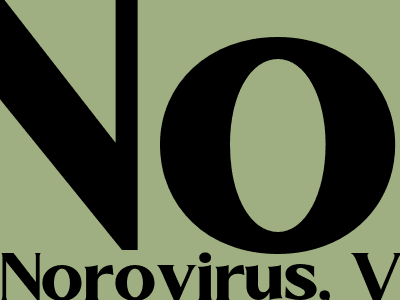
Norovirus: Symptoms, Diagnosis, and Treatment
What is Norovirus?
Norovirus is a highly contagious virus that causes gastroenteritis, commonly known as the stomach flu. It is the most common cause of acute gastroenteritis worldwide, particularly in children, and can cause a variety of unpleasant symptoms, including nausea, vomiting, diarrhea, and stomach pain.
Transmission of Norovirus
Norovirus is spread through direct contact with infected people or contaminated surfaces. The virus is shed in the stool and vomit of infected individuals, and it can survive on surfaces for several days. People can become infected by ingesting the virus through contaminated food or water or by touching their mouth after coming into contact with contaminated surfaces.
Symptoms of Norovirus
The symptoms of norovirus typically develop within 12-48 hours after exposure to the virus and can include:
Treatment of Norovirus
There is no specific treatment for norovirus infection. Treatment focuses on managing symptoms and preventing dehydration. Oral rehydration solutions are recommended to replace lost fluids and electrolytes. Anti-nausea medications may be prescribed to relieve nausea and vomiting. In severe cases, hospitalization may be necessary for intravenous fluids and electrolyte replacement.
Prevention of Norovirus
Several measures can be taken to prevent norovirus infection, including:
Conclusion
Norovirus is a highly contagious virus that can cause unpleasant symptoms, particularly in children. While there is no specific treatment for norovirus, managing symptoms and preventing dehydration is crucial. Good hygiene practices, such as handwashing and surface cleaning, are essential for preventing the spread of the virus. If you experience symptoms of norovirus, it is important to stay home from work or school to avoid infecting others and to consult a healthcare professional for guidance on managing your symptoms.